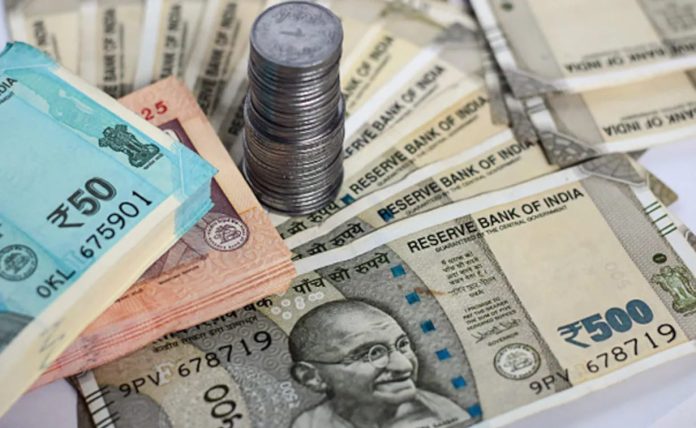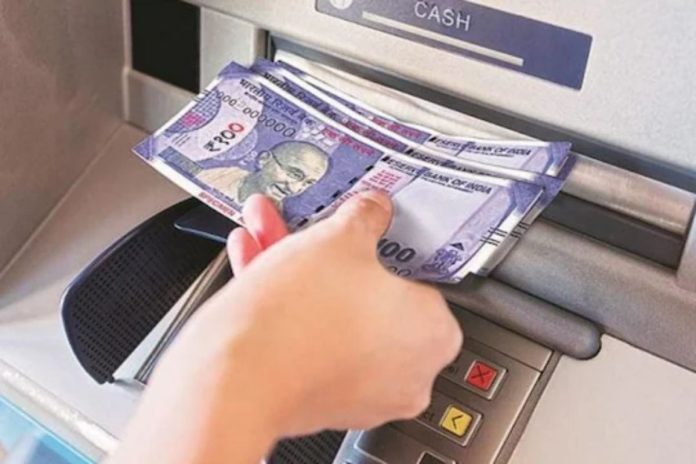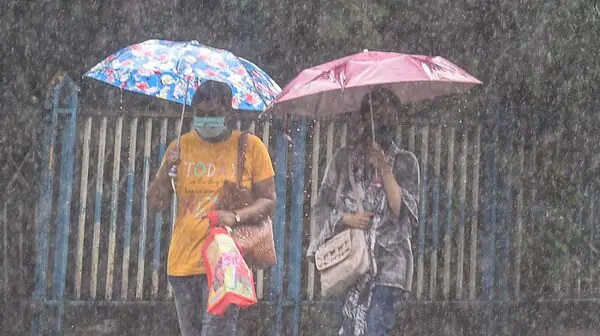
Let us tell you that fixed deposit provides the investor a fixed interest rate on the lump sum amount deposited in the bank for a fixed period and it can be determined using the fixed deposit return calculator.
The interest rates have not been changed by the Reserve Bank of India (RBI) for the 10th consecutive time. After this, banks and small finance banks are giving strong interest on FD. By taking advantage of this opportunity, you too can get great returns by investing in FD. Today we are telling you about a small finance bank. This bank is giving interest at the rate of 9% on 3-year FD. At the same time, it is giving 7% interest on one-year FD.
– Advertisement –
North East Small Finance Bank
North East Small Finance Bank (NESFB) is giving interest at the rate of 9% on 3-year FD of general citizens. At the same time, it is giving interest at the rate of 7% on one-year FD and 6.25% on 5-year FD. Let us tell you that fixed deposit offers the investor a fixed interest rate on the lump sum amount deposited in the bank for a fixed period and it can be determined using the fixed deposit return calculator. Premature fixed deposit withdrawal means that the investor withdraws the fixed deposit before the maturity date.

Bumper interest is being offered on FD
Interest rates on FD are at a high level due to several rate hikes by RBI in 2022. Interest rates vary depending on the FD period, amount invested, bank, fluctuations in repo rate.
– Advertisement –









